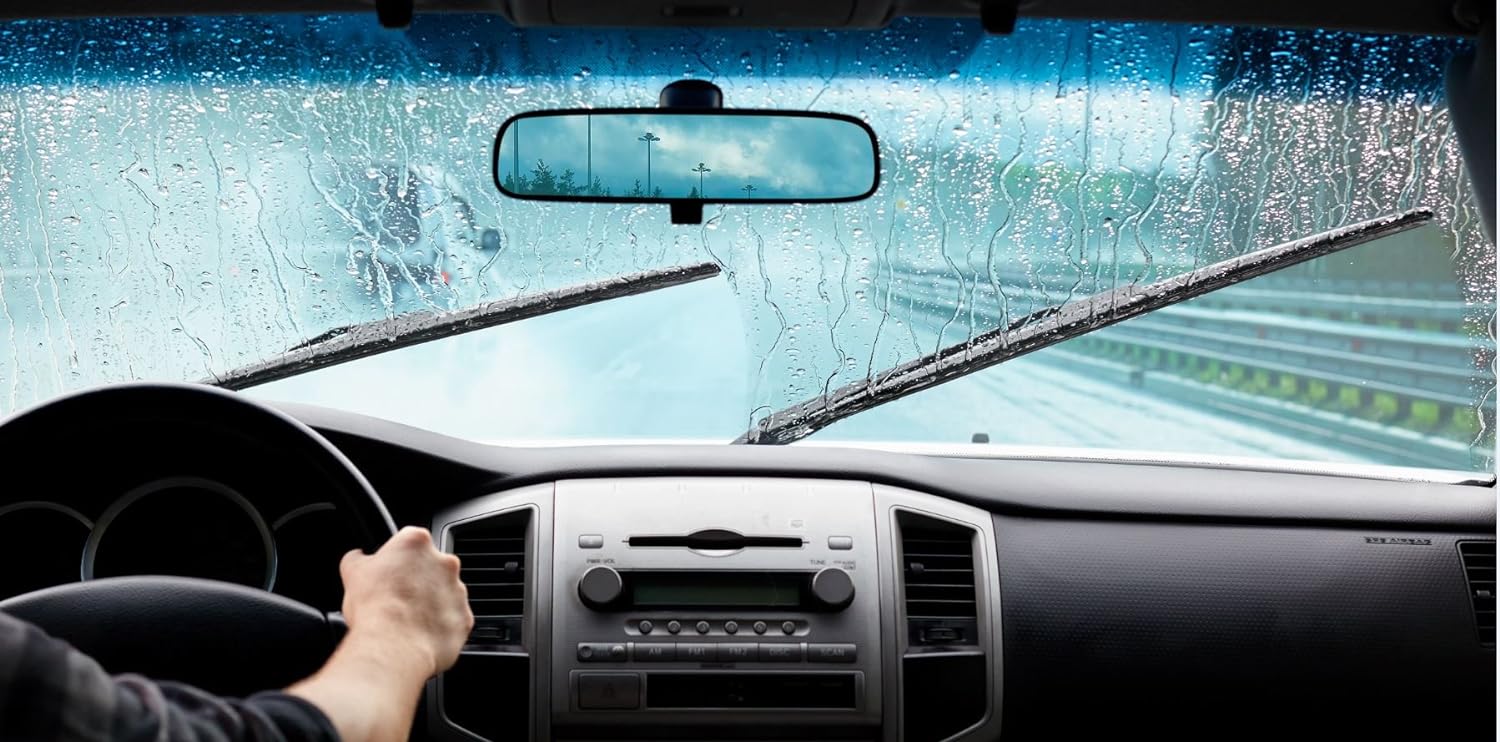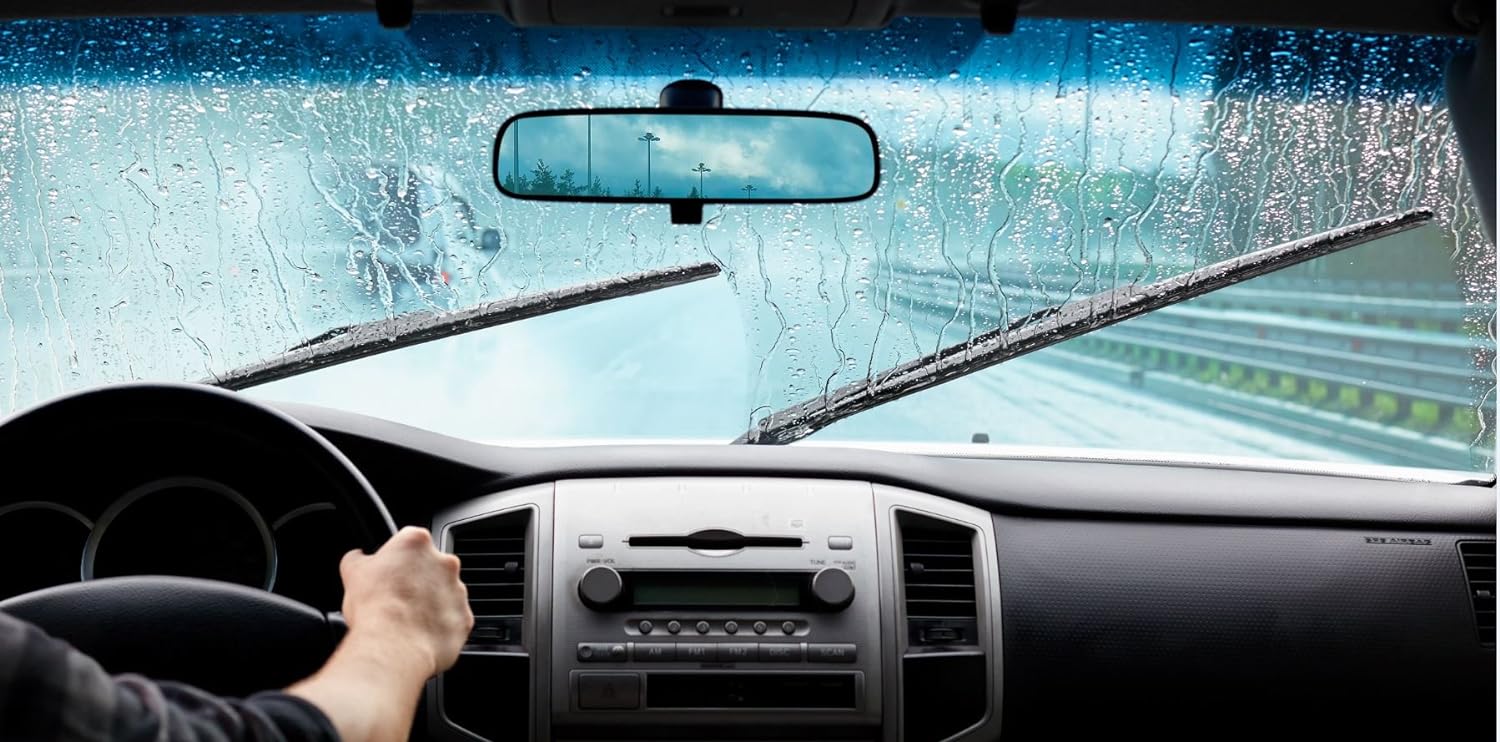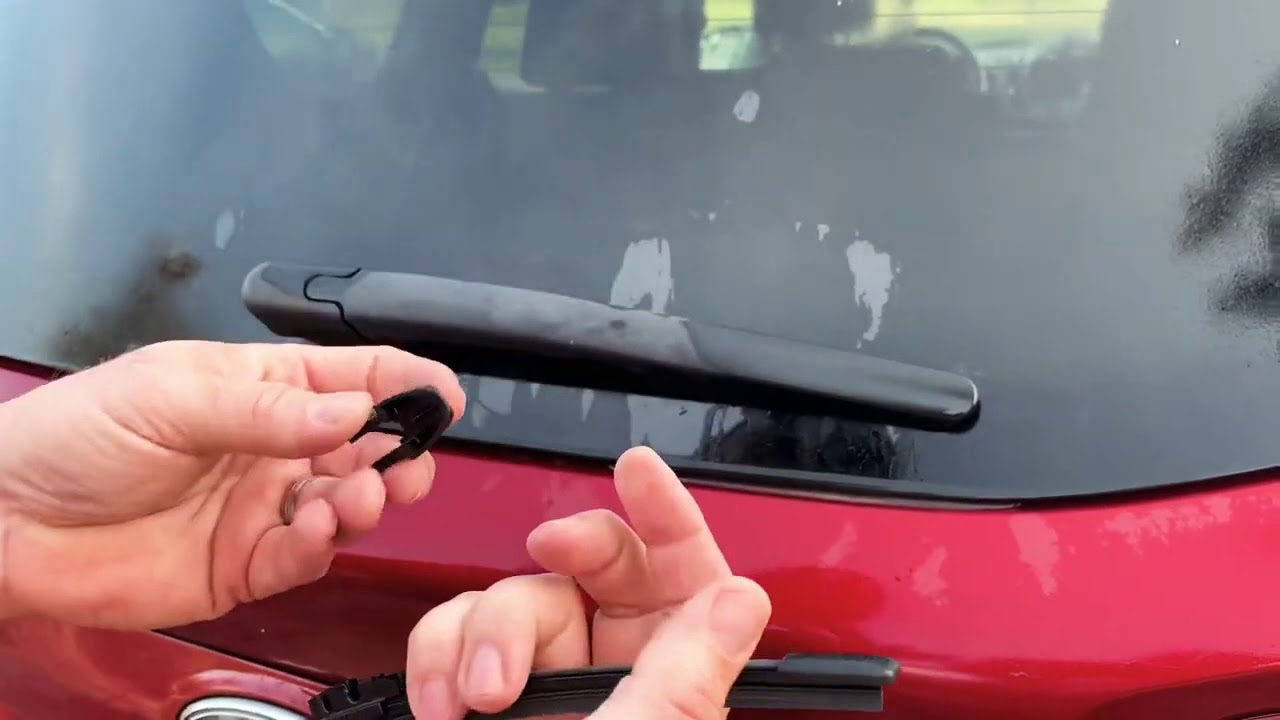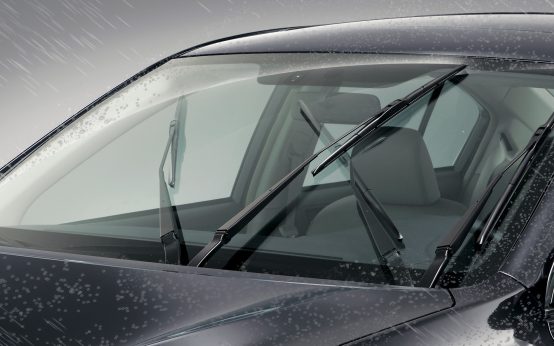The windshield wipers might get clogged with snow and ice when the weather gets cold and snow falls heavily. Some of these “weights” even have ice edges that scrape the “windshield” and make regular cleaning impossible. Here, we outline the steps you may take to avoid that nightmare.
When windshields get hot, snow and ice can settle on the frame and blades of the wipers. You might not be thrilled at first with how well your car heats the area around the brushes or the windshield, but before you know it, you’ll be pulling over to the side of the road, getting out to tap the brushes on the “windshield” or scrape off the frost with a scraper or your hands.
Stopping in heavy traffic, on a highway, or even in snow might be dangerous, but there is another option to this questionable strategy. Preventing excessive heat from entering your windshield should be your top priority. To begin with, switch off the electric heater and air conditioner for a bit. To go all out, try cooling the glass. Once you do that, the snow on your windshield will cease melting. Still, you should brace yourself to stop, step outside, and break the ice off the brushes. Subsequent adhesion, however, will either cease or greatly diminish.
Speeding up the process is another excellent approach to cooling the glass and removing snow deposits. Sticking will be less of an issue if you stick to routes that allow you to accelerate quicker than 60 km/h.
Is using a windshield washer to remove snow and ice buildup worthwhile? Although theoretically conceivable, it must assured that it will work in practice. The special agent’s chances of success increase as their freezing point decreases. Also, the anti-freeze liquid will have a far more apparent effect if poured straight from the bottle onto the windshield wipers instead of sprayed over their nozzles.
If you want an even better outcome, try ethyl or isopropyl alcohol. Defrosting solutions are available at specialty stores; if all else fails, you can always use regular vodka, which seasoned drivers always have on hand.
Remember that it’s wise to spray alcohol-containing solutions onto the blades and any frozen parts of the windshield (the flanks of the windscreen, which include the tips of the wipers) so that you can de-ice them more quickly.
How can I ensure the brushes don’t become coated with snow? The substance known as silicone grease is ideal for this purpose. The following is the proper algorithm for usage. Take the brushes inside for the night before the weather turns cold or frosty. There, we begin by drying the windshield wiper thoroughly. Then, using a spray of universal silicone oil, we coat the whole surface, including the frame and, most importantly, the rubber component.
Take care not to go overboard in this area—no need to concoct a silicone seascape. After lightly spraying the silicone, wipe the rubber band’s working edge well. Otherwise, the glass would have unsightly streaks, and the sacrifice would have been for nothing. You should repeat the process after a week because the silicone treatment only lasts that long.
Can we expect it to get cold? Before hitting the road, some drivers take extra precautions, like soaking their brushes in anti-freeze or another defroster overnight, which helps melt any ice that may have formed on the surface and makes the rubber bands last longer. The strategy is not questionable, yet it fails to deliver results. There will be no trace of this “chemistry” tomorrow.
In this case, a water-repellent lubricant, such as WD-40, would be the more reasonable recommendation. These items only lubricate the joints and hinges, not the rubber bands.
Consequently, the wiper structure won’t freeze even in below-freezing temperatures, which is excellent news for adhesion. Once again, silicone is the way to go for rubber bands.
Finally, I’ll tell you what you absolutely must not do. To begin, regardless of what you may have read online on the road or in a parking lot, do not use hot or warm water to remove ice from your windshield wipers. If you don’t, the water will freeze on the windshield momentarily, and the aftermath will sting for a while.
At its worst, the windshield could break due to temperature fluctuations if the weather outside is freezing. Also, you shouldn’t use engine oil to coat the windshield wiper blades. Still, ice will form, and you’ll need more than a day to clean the front of the vehicle from oil stains.








 What are wiper blades, and how should one select one?
What are wiper blades, and how should one select one?  Wiper blades with or without frames: which is better for winter?
Wiper blades with or without frames: which is better for winter?  How Effective Is Your Car’s Rear Windshield Wiper?
How Effective Is Your Car’s Rear Windshield Wiper?  Whenever the wipers are ineffective, how about we see if these can fixed?
Whenever the wipers are ineffective, how about we see if these can fixed?  Important considerations when selecting windshield wiper blades
Important considerations when selecting windshield wiper blades  Are optional wipers necessary?
Are optional wipers necessary?